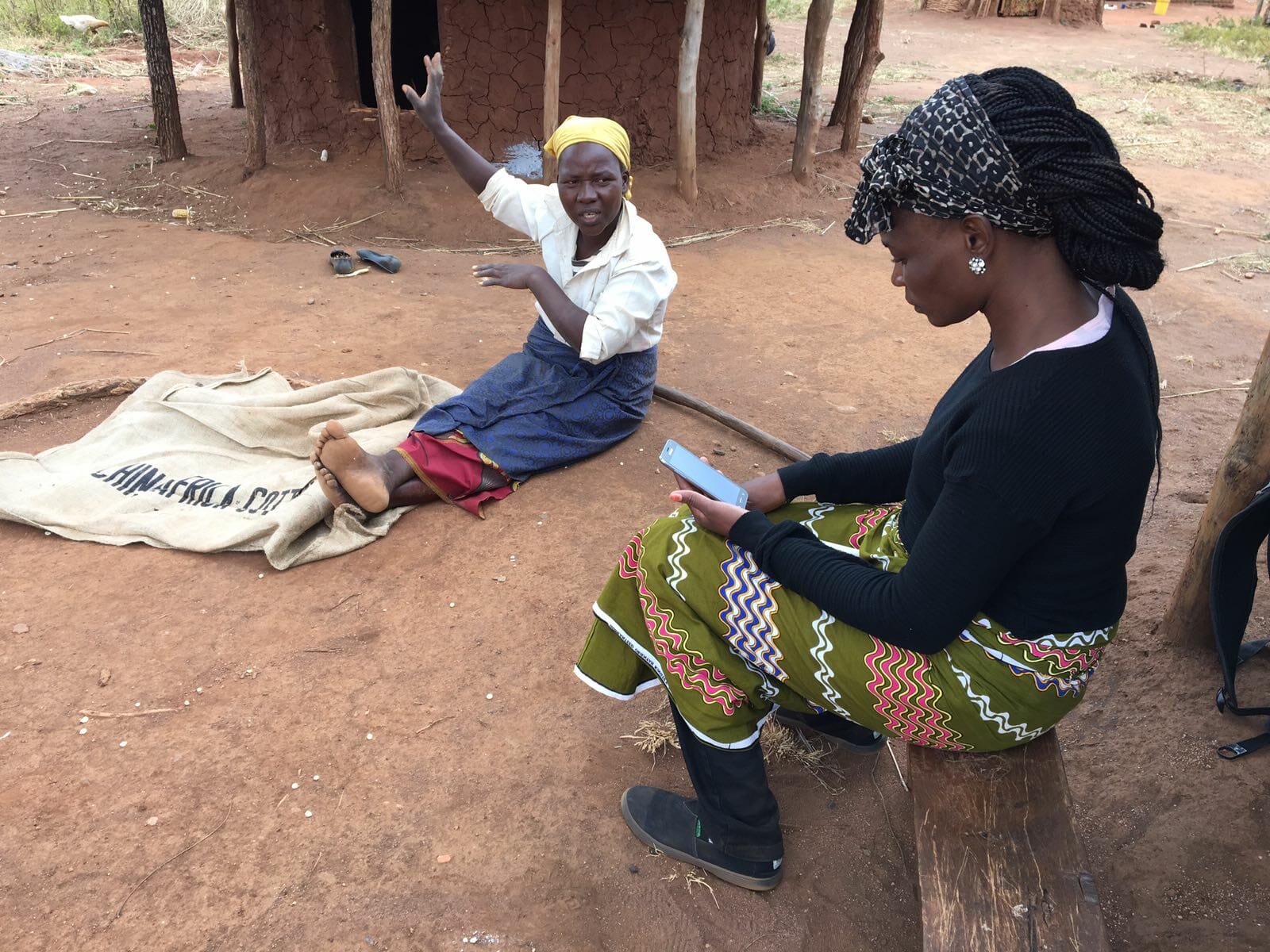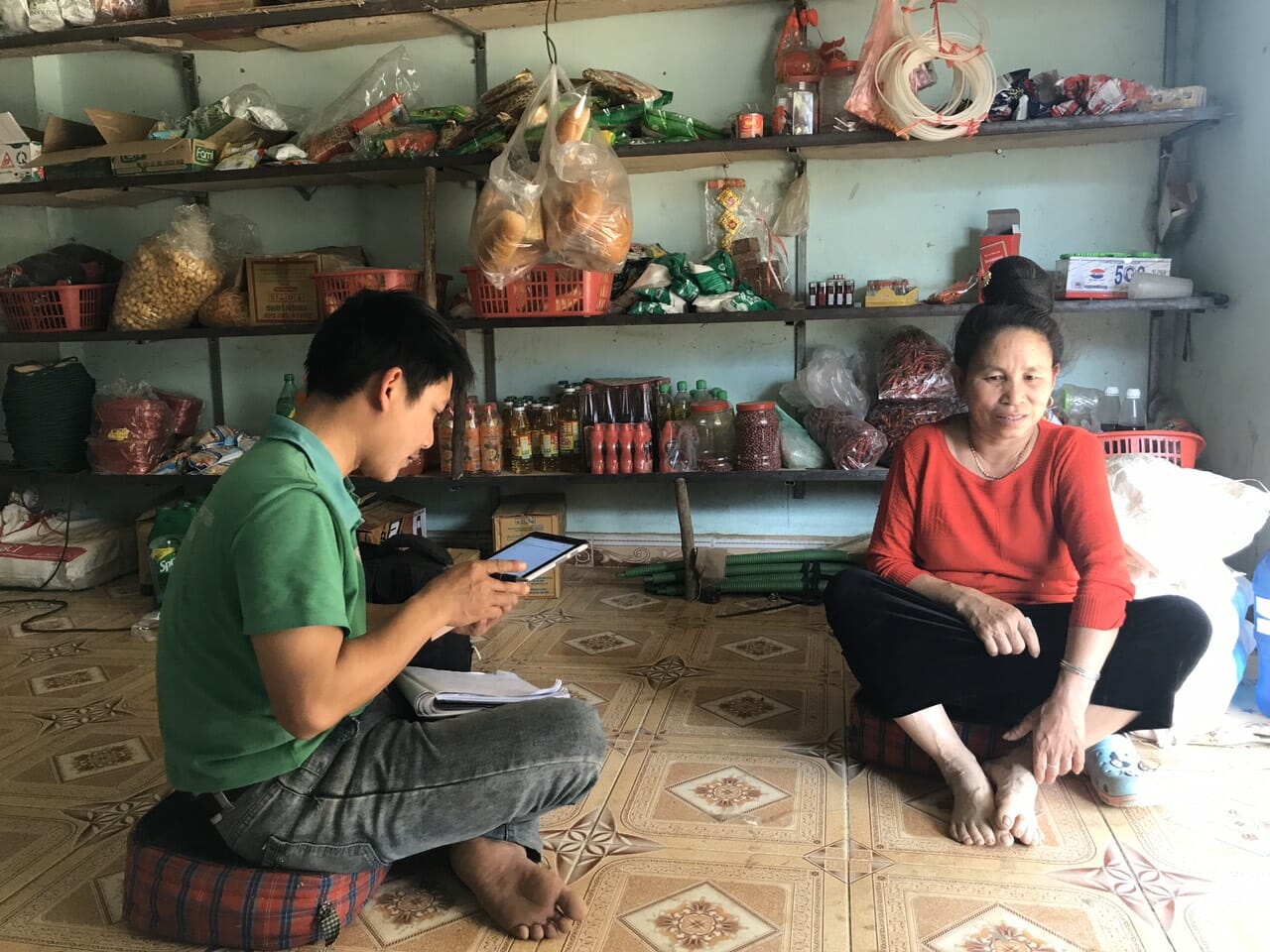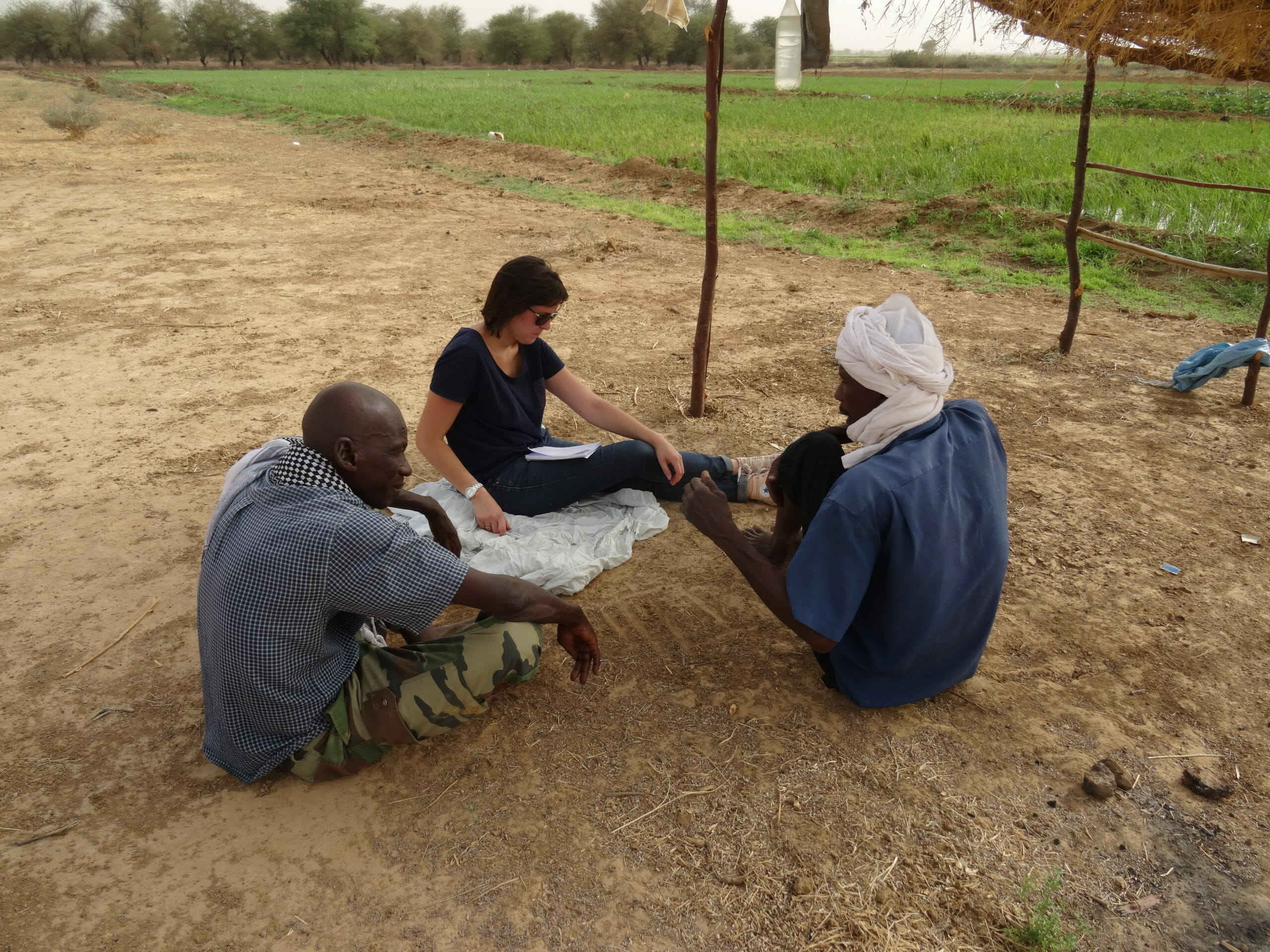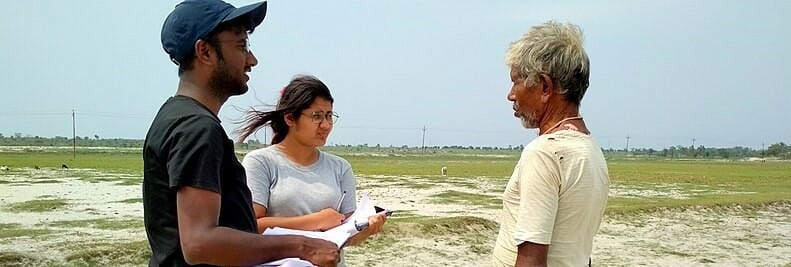These case studies focus on the practical experiences of programmes working towards compliance with the DCED Standard. For a case study on the experience of a whole organisation, see:
- Introducing a global MRM System in an Implementing Organization: An Experience Report, Swisscontact 2021 (with an introductory interview here)
The most recent case studies, arising from the 2021 Advanced Training Workshop in Results Measurement for Private Sector Development (co-sponsored by the DCED) are:
- How to monitor interventions effectively: Lessons from PRISMA’s intervention in the mungbean sector in Indonesia, by Alexandra Miehlbradt and Yuni Chairani, 2022
- Tackling impact assessment of business enabling environment interventions: A case study from GROW Liberia’s cocoa sector work, by Alexandra Miehlbradt and Ritesh Prasad, 2022
- Building and managing an appropriate results measurement system: Lessons learned by a smaller MSD Programme applying the DCED Standard, SDC/HPC/Swisscontact, 2019. This case study documents the experience of the ‘Increasing Market Employability’ (IME) Programme in Northern Macedonia, which had a 4-year budget of about CHF6m and employed 11 staff. It includes lessons around the the tender process, inception, implementation and review.
Measuring Changes in Indicators
- Monitoring Program Progress: The Case of Making Markets Work for the Jamuna, Padma and Teesta Chars in Bangladesh, DCED 2015. This case discusses how to monitor results to help manage and steer a program. It concentrates on how M4C tracked changes in intermediate indicators common to several interventions. Key themes: #Agriculture #Aginputs #FarmerUptake
- Measuring Sustainability: The Case of Kenya Markets Trust in Kenya, DCED, 2015. Development programs aim to create sustainable changes that continue to benefit their target population after the program ends. This case describes how the Kenya Markets Trust measured the sustainability of a business model in the agricultural inputs sector. Key themes: #Sustainability #Agriculture #Aginputs



Measuring Attribution
Measuring Attribution: a practical framework to select appropriate attribution methods, 2015. This document includes four case studies:
- The intervention of MDF with Acelda in Timor Leste, illustrating the use of a before and after with opinion method. Key themes: #Agriculture #Rice #LocalSourcing #AsiaPacific
- Samarth-NMDP intervention in the ginger sector in Nepal, illustrating the use of a quasi-experimental method. Key themes: #Agriculture #Ginger #demoplots #Asia
x
- Propcom Mai-Karfi (PM) intervention in the tractor market in Nigeria, illustrating the use of comparison groups. Key themes: #Tractor #leasing #Aginputs #Africa
- The Alliances Caucasus Programme (ALCP) in Georgia, illustrating how a single impact assessment could assess attribution for multiple interventions. Key themes: #Livestock #LivestockInputs #Farmerawareness #Caucasus
Capturing Wider Changes in the Market or System
- Achieving changes in markets: The MDF Framework for Defining and Populating Pathways for Systemic Change, DCED, 2015. This guidance illustrates how MDF thinks about influencing market systems, using six parameters: autonomy, sustainability, resilience, inclusiveness, scale, and women’s economic empowerment.
- Measuring Systemic Change – the case of GEMS 1 in Nigeria, DCED, 2015. This case study explains how GEMS 1 define and measure system-wide change arising from their interventions.
- Making sense of ‘Messiness’: Monitoring and measuring change in market systems. The case of Samarth-NMDP Nepal, Samarth-NMDP/ Springfield Centre, 2014. This case study describes the tools and processes that a DFID-funded programme in Nepal, Samarth-NMDP, uses to help deal with market system ‘messiness’, building on existing good practice in monitoring and results measurement from the DCED Standard.
x
- How to manage adaptively in value chain development projects, ILO 2021
- Webinar: Measuring & using results for adaptive management in financial inclusion, UNCDF/ DCED 2019
- Using Information on Results in Program Management – The case of Samarth-NMDP in Nepal, DCED, rev. 2017. Using information effectively to help manage a program enables the program team to build on what is working and to change or discontinue what is not. This case describes the system and tools that Samarth Nepal Market Development Program (Samarth-NMDP) have developed to analyse information on results and use it to adjust interventions and strategies.
- Monitoring and Results Measurement Manual by the Skills for Jobs Programme in Albania, Swisscontact/SDC, 2018.
- Building a Learning Culture- The Case of the Market Development Facility in Fiji, DCED, rev. 2017. Experience has shown that a culture of learning is the foundation of an effective results measurement system. This case study describes the strategies and experiences of the Market Development Facility (MDF) in developing a learning culture.
x
- Developing a Program Specific Monitoring and Results Measurement Manual, DCED, 2015. This note provides an annotated outline of a program-specific MRM manual illustrated with examples from actual programs. pdf or webpage.

Since 2012, the DCED has organised four Global Seminars with Results Measurement Practitioners on the use of the DCED Standard. The latest Seminar in 2018 also reviewed the latest practice in market systems development. Presentations and examples of programme experiences with particular aspects of the Standard can be found below.
- 2018 Seminar on Results Measurement and Market Development: Presentations and associated documents
Photo credits: Aditya Pal/ Farmer survey; commons.wikimedia.org; ILRI, flickr.com; Tu Mai/ ILRI, flickr.com; Jean-Yves Jamin, flickr.com